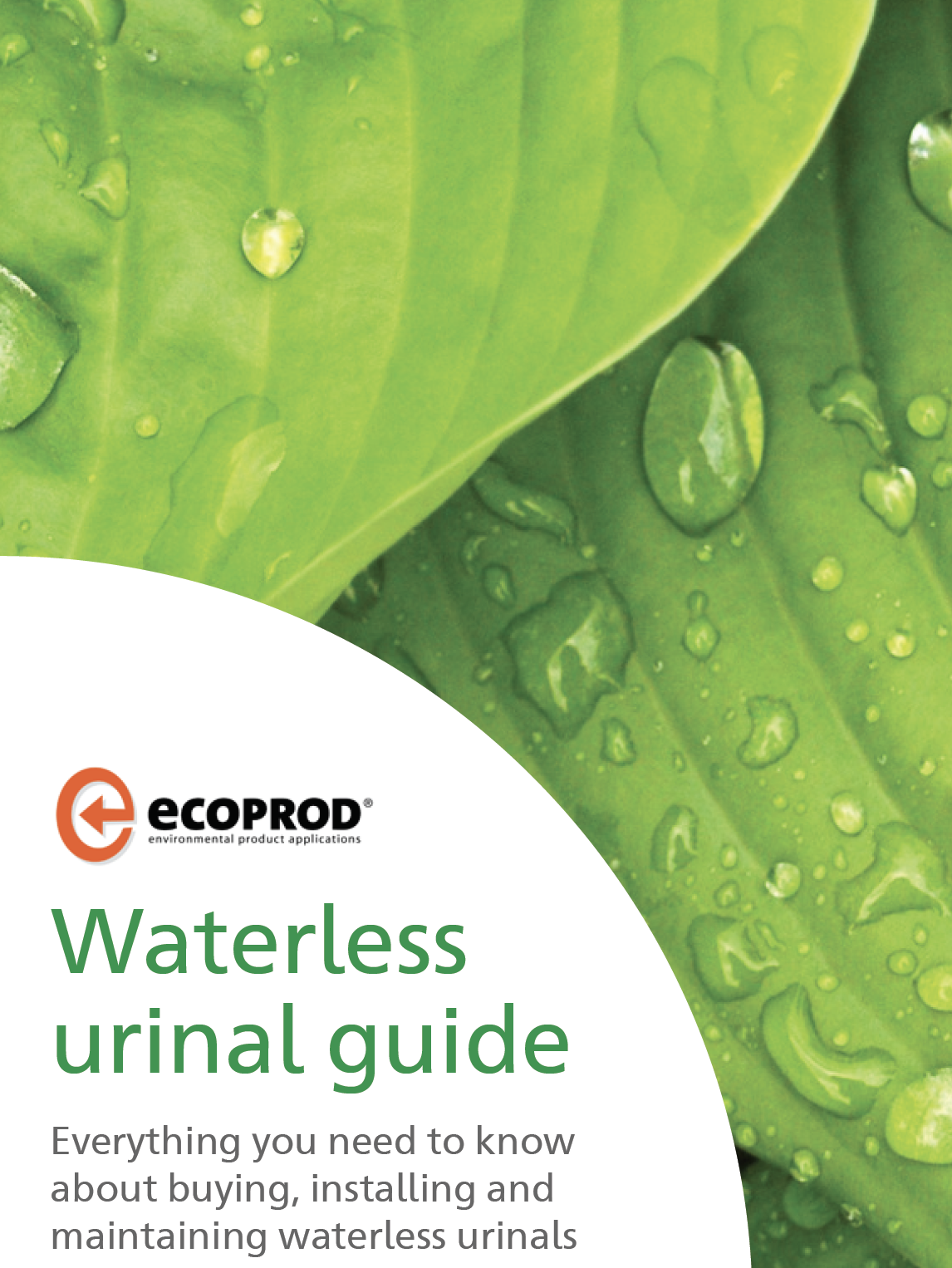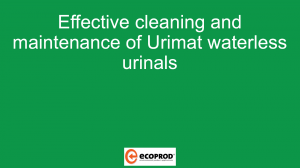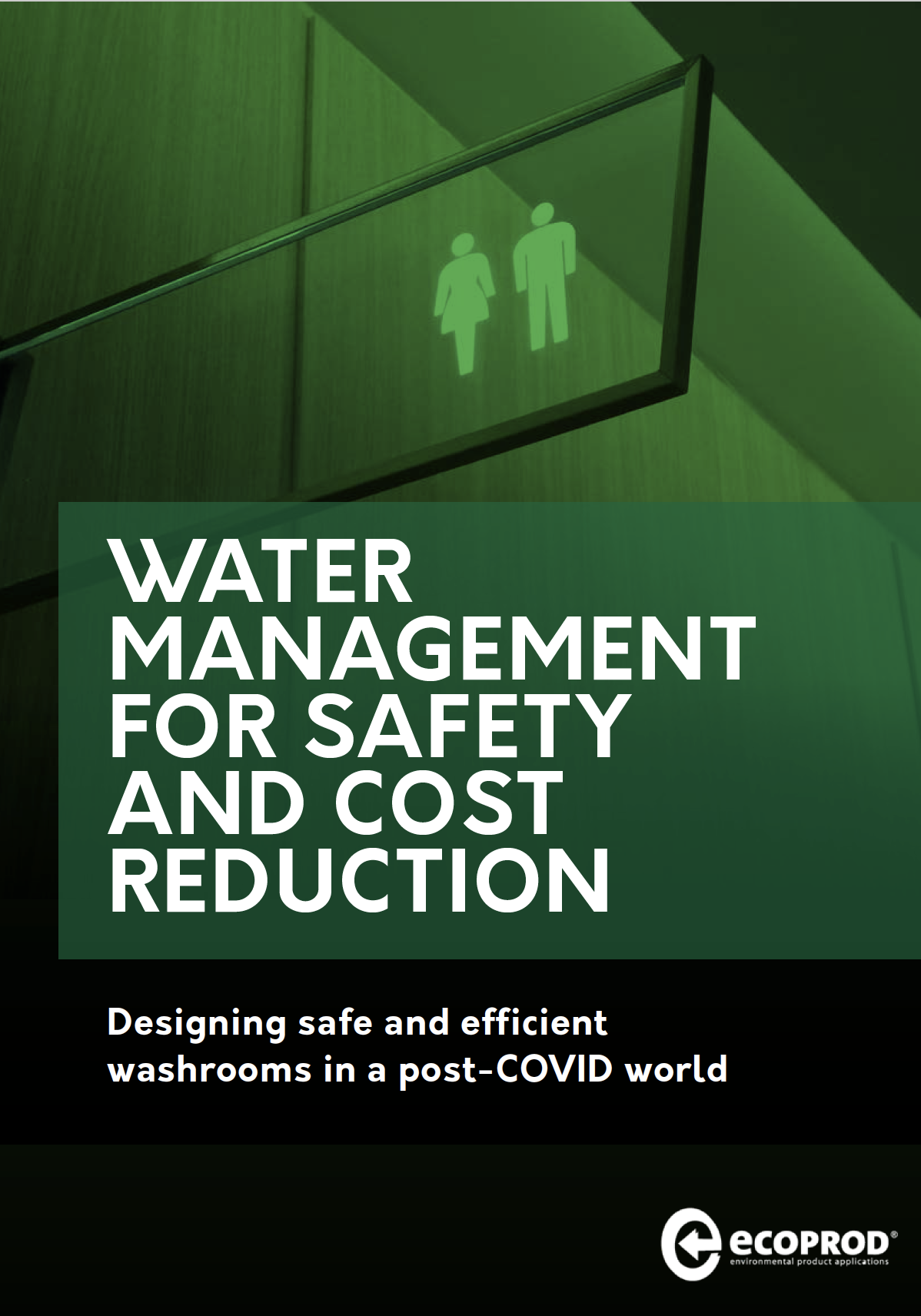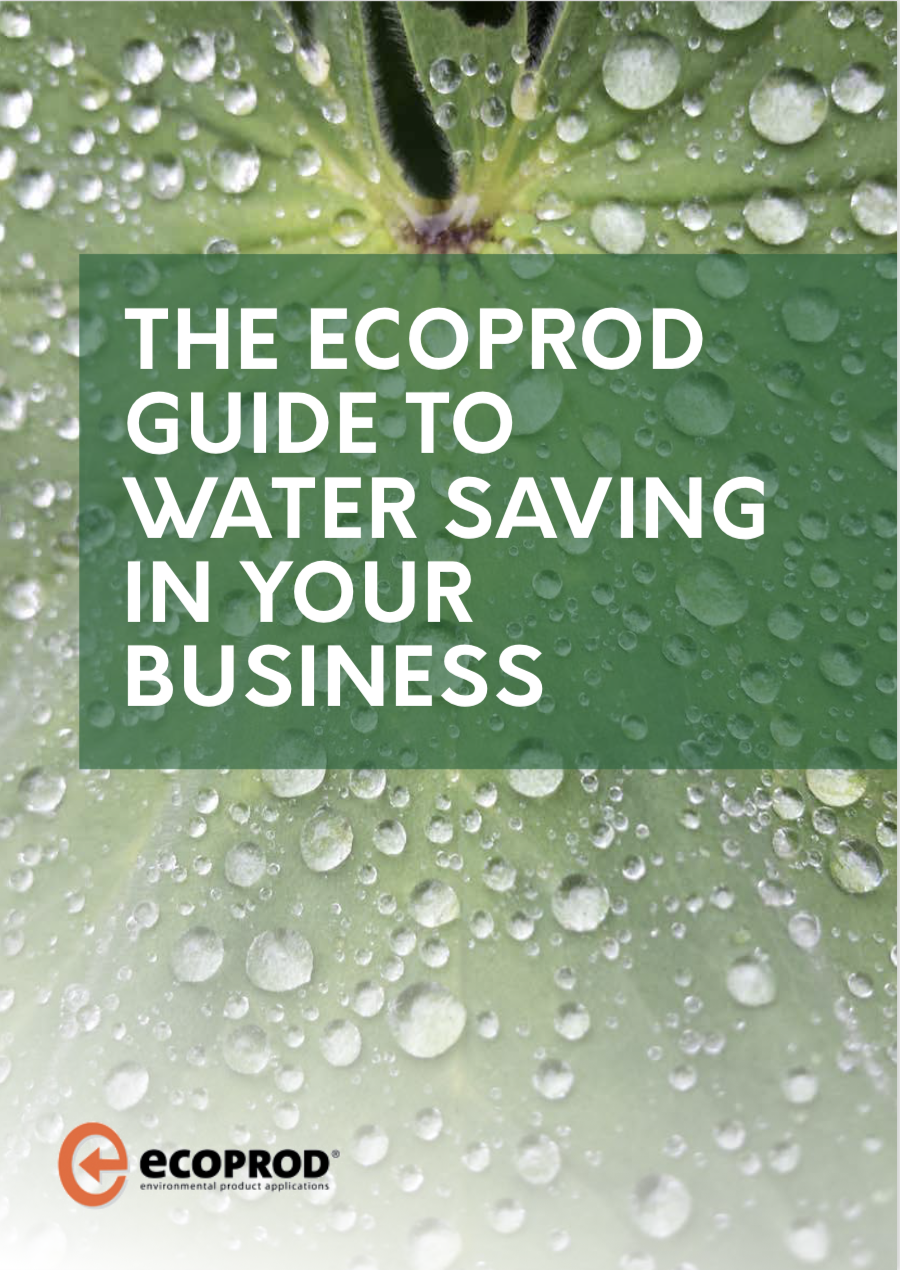Good visitor washroom experience is more important than ever these days. There’s pressure on all organisations to cut their water use, and washrooms are typically one of the most wasteful areas of water use in a building. Excessive water use in washrooms also has a knock on effect on an organisation’s carbon footprint. Additionally, the pandemic brought the issue of hand hygiene to the fore and consumers now are much more hygiene-aware, expecting to see touch-free taps and other contactless options as standard.
Traditional washrooms can be extremely wasteful of both water and energy and can generate significant amounts of waste and have a substantial carbon footprint. However, this is one area of the organisation where it is possible to make very significant improvements relatively easily. Here are a range of suggestions to consider, some will be most relevant to those who are considering a washroom refit but others can easily be deployed in existing washrooms.
Switch to waterless urinals
Depending on your settings, a single urinal can flush away more than 270 litres of water per day, or up to 100,000 litres of water per year. A saving of 100,000 litres of water equates to a carbon reduction of 17.5kg, so switching to waterless urinals will significantly reduce your carbon footprint and water usage. Additionally (and contrary to many people’s belief!) waterless urinals are more hygienic as well as being much less likely to smell bad, easier to keep clean and requiring less maintenance than traditional urinals. I’ve written before on this blog about why this is. Our innovative Urimat range also includes self-cleaning waterless urinals for maximum convenience.
Make your existing toilets more sustainable
A fairly simple way to reduce water usage in your existing toilets is to fit the cisterns with volume adjusters that reduce the amount of water used per flush.
It’s also possible to retrofit a variable flush or siphon mechanism to your existing toilets which can reduce the volume of water used in each flush by up to four litres. However, bear in mind that a siphon mechanism can cause your cistern to refill more slowly so you’ll need to consider whether that’s appropriate for the needs of your organisation.
No more flushing of sanitary items
In female and unisex washrooms it is important to provide sanitary bins in every cubicle and to discourage the flushing of tampons and sanitary pads as much as you can, as not only can this cause blockages and damage to your drainage systems but it also means that such items get into the waterways where they can cause significant environmental damage. FabLittleBag is an innovative disposal bag for sanitary pads and tampons and is sustainable and low carbon – the bags are made from plants and other recycled materials, locking in carbon.
Sensor taps are much more hygienic as well as using less water
Along with the urinals or toilets, it’s the taps that use the most water in the washroom and which offer the most potential for water saving. There are now many different options for water saving taps, some of which can reduce your water usage by up to 70%. Another consideration, when trying to make your washroom as green as possible, is whether you need to heat your water and again there are some technological solutions on the market that are worth considering here. Take a look at our Conti+, miscea and Swiss Eco Tap ranges.
Switch to water-saving showers
Showers can use up a lot of water if not managed correctly. Timer controlled operation is vital to ensuring that showers are not left to run unchecked. Ideally look for a shower that enables you to customise the amount of time for which it will run after each push of the button. We recommend Conti+ showers which come preprogrammed to run for 3 minutes but can be tailored to the requirements of your users.
Move from paper towels to electric hand dryers
We estimate that users of the Mitsubishi Jet Towel can reduce the carbon footprint associated with hand drying by 85%. This is because the CO2 emissions associated with transporting the product are so much less for the hand dryer. Once the hand dryer is installed, that’s it. Nothing more is required in terms of transportation, whereas the paper towels represent an ongoing (and everlasting) cost in this regard. We’d expect a typical hand dryer installation to last at least ten years.
Additionally, there’s no rubbish associated with electric hand dryers and, as discussed above, the waste disposal implications of paper towels are very significant indeed. Switching to hand dryers reduces massively the amount of rubbish going into landfill and the amount of greenhouse gases associated with hand drying.
In large facilities a water management system may help you
If you’re responsible for the water management in a gym, school, hospital or other large site then a water management system can save you a lot of time and improve both the hygiene and the water usage of your facilities. A system such as the CONTI+ CNX water management system enables the complete management of up to 150 connected products such as urinals, taps or showers. Tasks such as hygienic flushing and thermal disinfection can be controlled through its intuitive user interface using a tablet included in the standard delivery.
Download our Green Washroom Guide for more information about how you can save water and reduce the carbon footprint of your washrooms.














 For the last 8 years Robert Summer – Head of International Sales and Marketing – has developed structured distribution network worldwide for CONTI+ brand. The products offer great benefit for washrooms and shower rooms for public, semi-public and health sector. Today, sustainability, hygiene and smartness are key to CONTI+ solutions. Robert lives the brand and its USPs and loves to support and motivate his team on a daily basis.
For the last 8 years Robert Summer – Head of International Sales and Marketing – has developed structured distribution network worldwide for CONTI+ brand. The products offer great benefit for washrooms and shower rooms for public, semi-public and health sector. Today, sustainability, hygiene and smartness are key to CONTI+ solutions. Robert lives the brand and its USPs and loves to support and motivate his team on a daily basis.











Comments are closed.